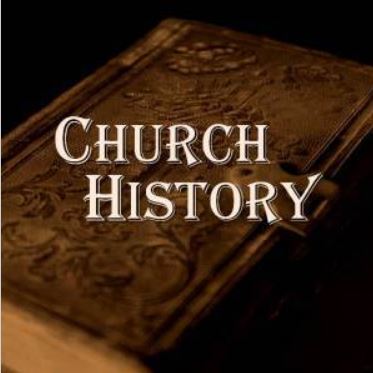
The Renaissance 1350-1650
The Renaissance originated in Italy with a focus on the art and the philosophy of classical antiquity. It marks the transition from the medieval world to the modern world. The name comes from the Latin words for “birth” and “back,” thus a “rebirth of culture.” This was a return to the literature and art of the classical periods of Greece and Rome.
Gregory VII turned Rome into the artistic and intellectual capital of Europe during this time. Gothic architecture rose. Flying buttresses enabled architects to build large cathedrals. When you walked into these cathedrals, your eyes were drawn upward toward the stained glass. The cathedral at Notre Dame in Paris and the cathedral at Cologne, Germany are examples of Gothic architecture.
Earl Cairns writes, “In a broader sense the Renaissance may be defined as that era of cultural reorientation in which people substituted a modern secular and individualistic view of life for the medieval religious and corporate approach to life. …The medieval theocentric conception of the world, in which God was the measure of all things, gave way to an anthropocentric view of life, in which man became the measure of all things. Emphasis was placed on the glory of man instead of the glory of God.” This was the rise of humanism.
Along with this there was a rise of the nation states like Germany (the rise of nationalism), and the rise of the middle class.
Humanism.
Humanism (not secular humanism) is a revival in the interest in the classics. It stresses an appreciation for and an acknowledgment of human values and love of beauty.
The Humanists wanted to reform the church, and they wanted to rediscover the text of the Bible. The common Bible of that time was Jerome’s Latin Vulgate. The humanists wanted to get behind the Latin text and discover the text of the Hebrew Old Testament and the Greek New Testament. The German scholar Johannes Reuchlin is noted for introducing the study of the Hebrew Old Testament back into favor. Some reformers felt the Vulgate was enough. They called the Hebrew OT the Bible of the Jews, and some even wanted to destroy the Hebrew OT. But Reuchlin stood against that tide and said that to really understand the OT, we need to read it in its original language.
A product of the Renaissance was Erasmus of Rotterdam (1511) He was an Augustinian monk who studied at the University of Paris. His “In Praise of Folly” c. 1511 was a satyr of religion and society. He also published the “Adages” which were sayings of classical writers and “The Handbook of a Christian Knight.” Erasmus said that the Christian was not an army man, but a soldier with knowledge and prayer as weapons. He writes:
“Do not tell me that charity consists in being frequently in church, in prostrating oneself
before signs of the saints, in burning tapers, in repeating such and such a number of
prayers. God has no need for all of this. Paul defines love as to edify one’s neighbor; to
lead all to become members of the same body; to consider all one in Christ; to rejoice in a
brother’s good fortune in the Lord just as you would concerning your own; to heal his
hurt as you would try to heal your own hurt, compassionately; to rebuke the erring; to
teach the ignorant; to lift up the fallen; to console the downhearted; to help the toiler; to
support the needy; in the highest degree to bring all your wealth, all your zeal, all your
care to bear on this: that you may benefit as many as you possibly can in Christ.”
Erasmus published his own version Greek New Testament in 1516. This was the first critical text of the Greek NT, i.e., a text that compared the Greek manuscripts and attempted to come up with an accurate, composite text based on the different manuscripts. As he completed his project, he found 600 errors in the Latin Vulgate. Erasmus didn’t begin studying Greek seriously until he was 33 years old.
How old are you? You’re never too old to learn Greek.